I came to Mallorca for the first time when I was eight years old, together with my parents. I was one more when we moved completely, and not just for the summer, to the island. I already understand that at that age any change is an exciting adventure and that coming from Madrid, discovering the sea —in Port de Pollença first; in Palma afterwards— by necessity it means something that leaves its mark forever.
That island was, to put it in the briefest and most certain way that exists, splendid. Both the Port in the summer, with a small Majorcan boat tied to the quay in front of Villa Clorinda, and Palma during winter, despite the fact that I was obliged to go to school, represented something like paradise. In the big house on José Villalonga Street we had no heating whatsoever, apart from the fires in the fireplace and the kitchen, but even though the humidity beset you, turning going to sleep into an ordeal, the balance was entirely favorable. I could always put the dogs, Pichi and Chispa, up to bed an hour earlier to warm it up.
You have to force your memory a lot to see in Plaza Gomila a haven of peace with coffee tables where Joan Miró and Toni Kerrigan accompanied my father. Or to go back to the times when, waiting for the school bus, we played soccer in that same square. On one occasion I knocked down a traffic sign —that served as a goal— with the ball and the press reported that Camilo José Cela had been fined for an act of hooliganism. How happy is a world in which that is news.
Fifty or sixty years later, Mallorca shows another character. The Port de Pollença is consumed by demolitions and traffic. The Plaza Gomila supposes, with all the El Terreno, an urban horror
that they say once again that it is going to be fixed although speculation may now succeed. Tourists beat an undesirable record year after year; In short, the overcrowding is linked to an increase in the cost of all aspects of life, from the rental of the house to the shopping basket. With the aggravating circumstance that the trend is increasing and the limit is nowhere to be seen.
Geographers -those who are dedicated to physical geography- maintain that it is the same island. Geographers —those who attend to human geography— know that it is not. And me, with the only baggage of my childhood memories, I have already fled from there if only for not continuing to cry.
Texto: Camilo José Cela Conde. Escritor.

Paseo Marítimo del Port de Pollença. Foto: R.B.


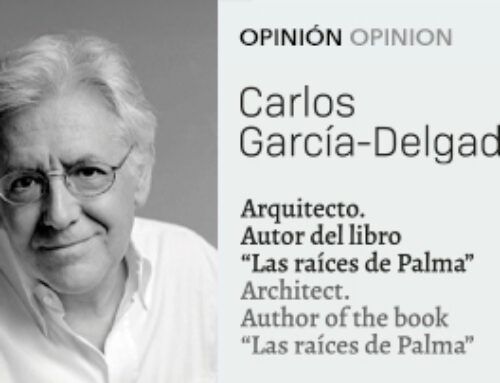
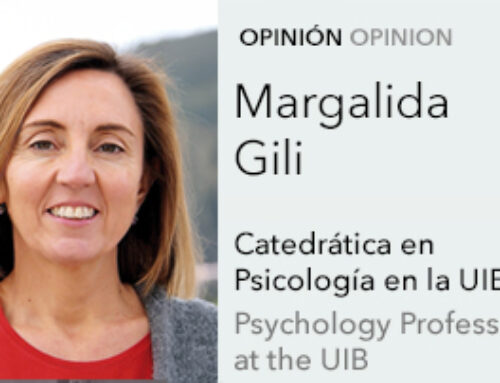
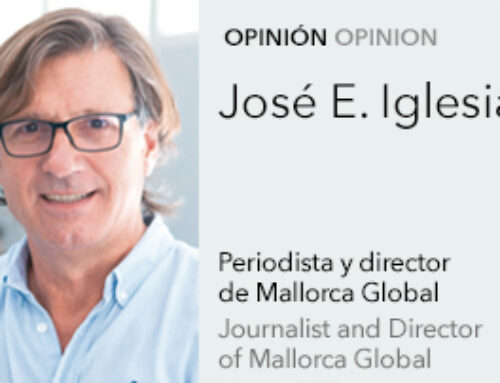
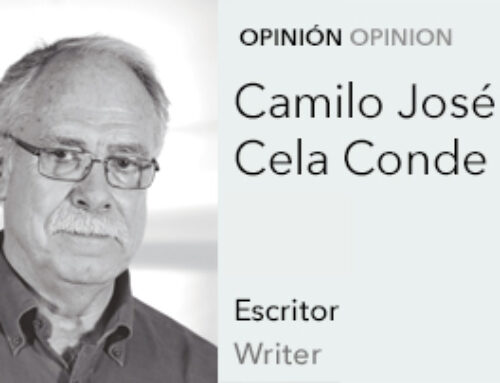
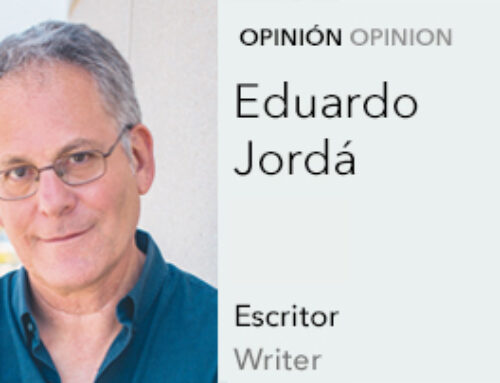

Leave A Comment